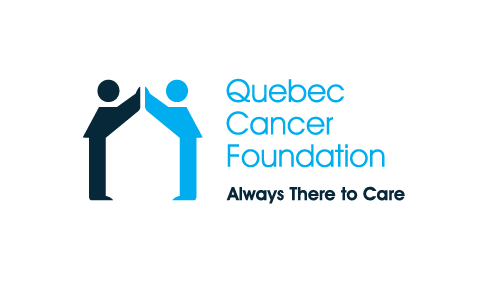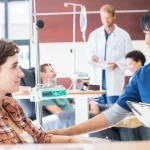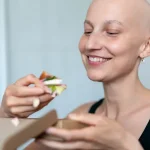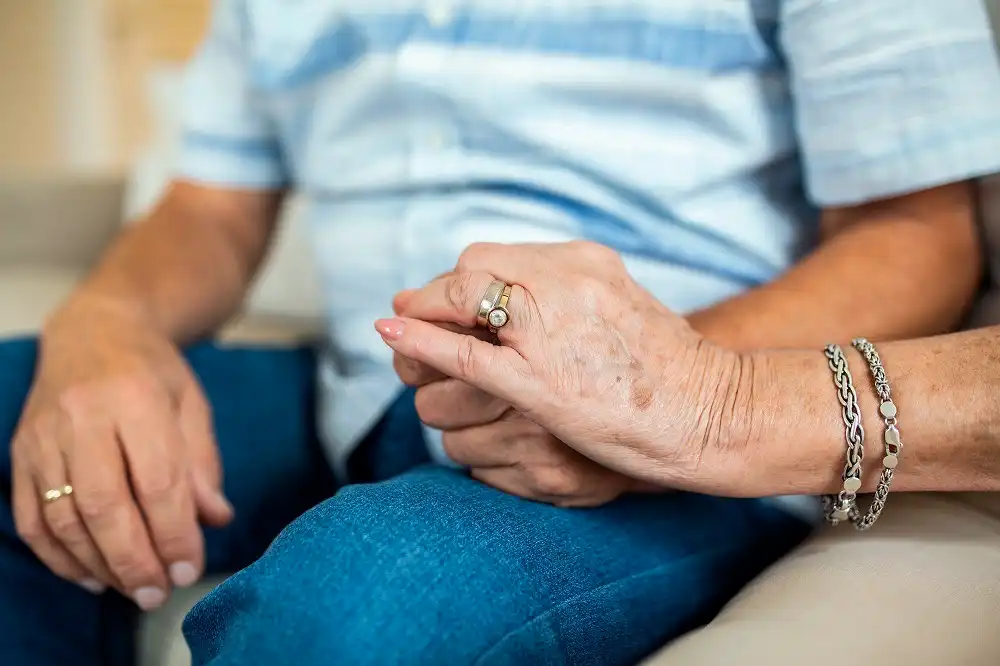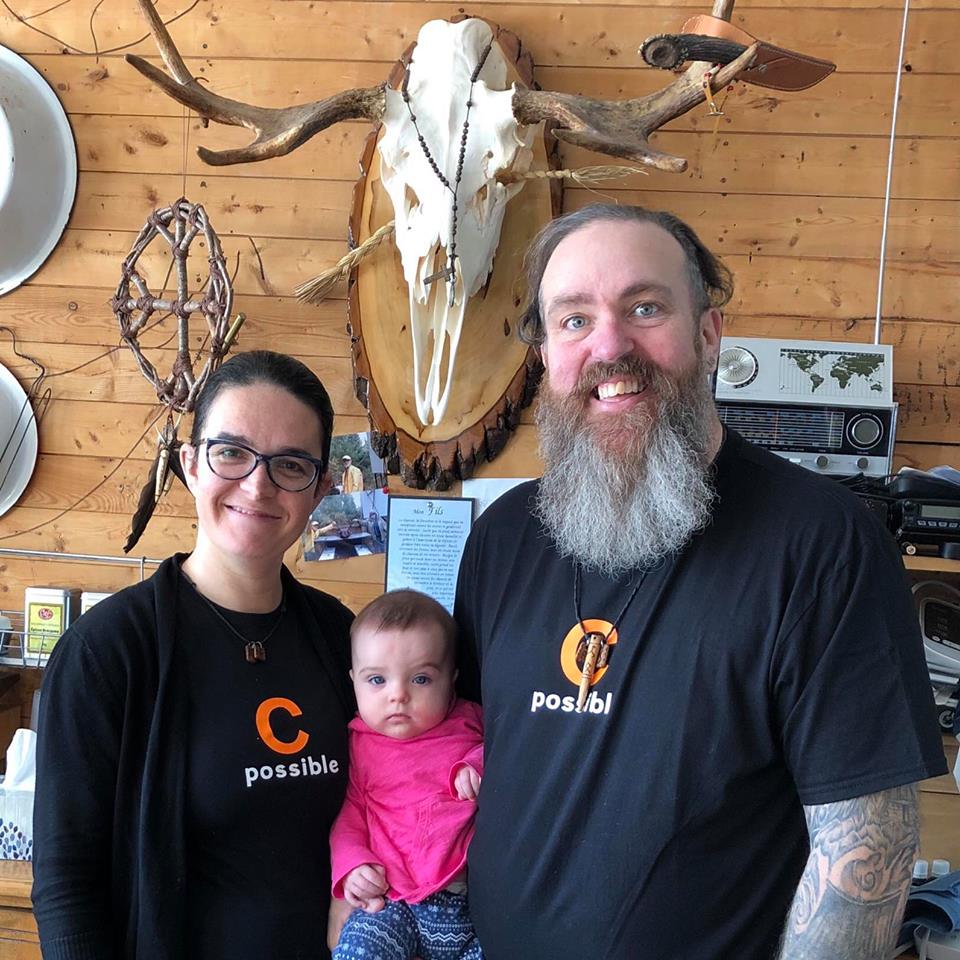Cancer and I go back a long way.
I was only 19 years old when I received my first cancer diagnosis. This was in 2010. I learned that an Ewing sarcoma had taken root in my right parapharyngeal space, i.e., between my palate and my neck. The news completely stupefied me. Luckily, the medical team proved reassuring, explaining that my cancer could be very well treated with a combination of chemotherapy and radiation therapy. The outcome? My lump had nearly disappeared after a year and a half of treatments, and at the 5-year mark, I learned that I was in remission.
Then at the end of 2018, during an appointment with my ORL (otorhinolaryngologist), I learned that a tumor had been discovered in my sinus region: a reappearance of Ewing sarcoma. I underwent more chemotherapy, as well as proton therapy, which I had to obtain in the United States, as it was not available in Canada. A few months later, healthcare professionals deemed that I was cured.
The hardest part was yet to come
And then in December 2021, I felt an intense and sudden pain in my jaw while I was peacefully watching television. Half of my face was paralyzed. I underwent tests, which eventually revealed that my cancer had once again returned. Given that I had already received major doses of radiation therapy in the past, my oncologist told me that this treatment was no longer an option. Given the location of the new tumor, namely underneath my brain, I could also not undergo surgery. My cancer was incurable, and lifelong chemotherapy was the only possible way of preventing the tumor from growing.
At 31, this news came as a true shock. Whereas I had been able to stay positive and confident in the past, this time the news was akin to a cold shower. I could not stop asking myself questions. And while my friends and family were stalwart supporters, I felt a need to exchange with people who were going through something similar.
Art therapy for young adults facing a diagnosis
I would listen to the podcast La carte cancer, and I finally got to meet one of the hosts, Judith Lafaille, who is also suffering from an incurable cancer. She suggested that I participate in the art therapy sessions for youth between the ages of 15 and 39 facing cancer, offered by the Quebec Cancer Foundation’s Programme à Félix.
I registered… and what a welcome surprise! Art therapy has shown me a different way of expressing my emotions, and even unearth feelings that I was not even aware that I had. The art therapist, Lucie, helps us through this process; she knows what questions to ask that will enable us to better understand our deepest emotions.
Beyond the almost meditative and very peaceful and relaxing effect of letting our creativity flow, the art therapy sessions for young adults allowed me to meet and exchange with people in my age group who are going through many of the same things as I am with facing cancer.
Thanks to this activity, I learned that some of the frustrations and negative feelings I was experiencing were perfectly normal: most of the other participants were going through the same thing. This knowledge went a long way towards facilitating my acceptance process.
What started as an art therapy group quickly became a mutual support group. A place where we could speak openly, without fear of being judged and knowing that others would understand. The bonds with the other participants have now evolved beyond our sessions, and we are planning activities outside of the group! The entire experience has consisted of precious moments that allowed us to better understand our reality, to help others and perhaps most importantly, to share our thoughts and have fun.

